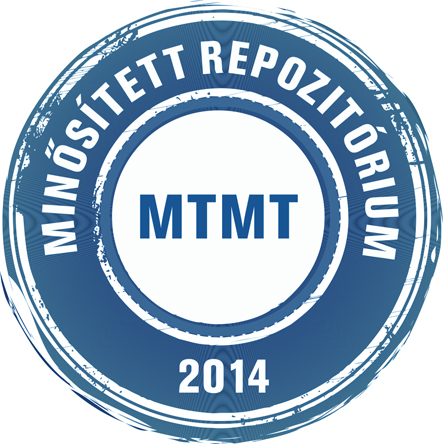Almási Béla; Bérczes Tamás; Kuki Attila; Sztrik János; Wang Jinting: Performance modeling of finite-source cognitive radio networks. In: Acta cybernetica, (22) 3. pp. 617-631. (2016)
Előnézet |
Cikk, tanulmány, mű
actacyb_22_3_2016_5.pdf Letöltés (472kB) | Előnézet |
Absztrakt (kivonat)
This paper deals with performance modeling aspects of radio frequency licensing. The utilization of mobile cellular networks can be increased by the idea of the cognitive radio. Licensed users (Primary Users - PUs) and normál users (Secondary Users - SUs) are considered. The main idea is, that the SUs are able to access to the available non-licensed radio frequencies. A finite-source retrial queueing model with two non independent frequency bands (considered as service units) is proposed for the performance evaluation of the system. A service unit with a priority queue and another service unit with an orbit are assigned to the PUs and SUs, respectively. The users are classified into two classes: the PUs have got a licensed frequency, while the SUs have got a frequency band, too but it suffers from the overloading. We assume that during the service of the non-overloaded band the PUs have preemptive priority over SUs. The involved inter-event times are supposed to be independent and exponentially distributed random variables. The novelty of this work lies in the fact that we consider the effect of retrial phenomenon of SUs in performance modeling of radio frequency licensing by using a finite-source queueing model which takes the unreliability of radio transmission into account for the first time. In the literature, most work studied the performance of cognitive radio networks under a mixed spectrum environment of licensed and unlicensed bands where the blocked SUs and the preempted SUs are forced to leave the system forever when there are no idle channels in the system. But in practical situation, the blocked SUs and the preempted SUs may do not leave the system forever and try to continue their services after random amount of time. By the help of an appropriate continuous time Markov chain using MOSEL (MOdeling Specification and Evaluation Language) tool several numerical examples are provided showing the effects of different input parameters on the main performance measures of the cognitive radio networks. Our primary focus is to determine an optimal number of SUs, where at the secondary band the gained utilization, that is when switching to the cognitive radio, has a maximum value.
| Mű típusa: | Cikk, tanulmány, mű |
|---|---|
| Befoglaló folyóirat/kiadvány címe: | Acta cybernetica |
| Dátum: | 2016 |
| Kötet: | 22 |
| Szám: | 3 |
| ISSN: | 0324-721X |
| Oldalak: | pp. 617-631 |
| Nyelv: | angol |
| Kiadás helye: | Szeged |
| Befoglaló mű URL: | http://acta.bibl.u-szeged.hu/41665/ |
| DOI: | 10.14232/actacyb.22.3.2016.5 |
| Kulcsszavak: | Rádiós hálózat - véges forráskód - modell |
| Megjegyzések: | Bibliogr.: p. 630-631. ; összefoglalás angol nyelven |
| Szakterület: | 01. Természettudományok 01. Természettudományok > 01.02. Számítás- és információtudomány |
| Feltöltés dátuma: | 2017. már. 16. 13:26 |
| Utolsó módosítás: | 2022. jún. 20. 12:03 |
| URI: | http://acta.bibl.u-szeged.hu/id/eprint/40266 |
 |
Tétel nézet |



